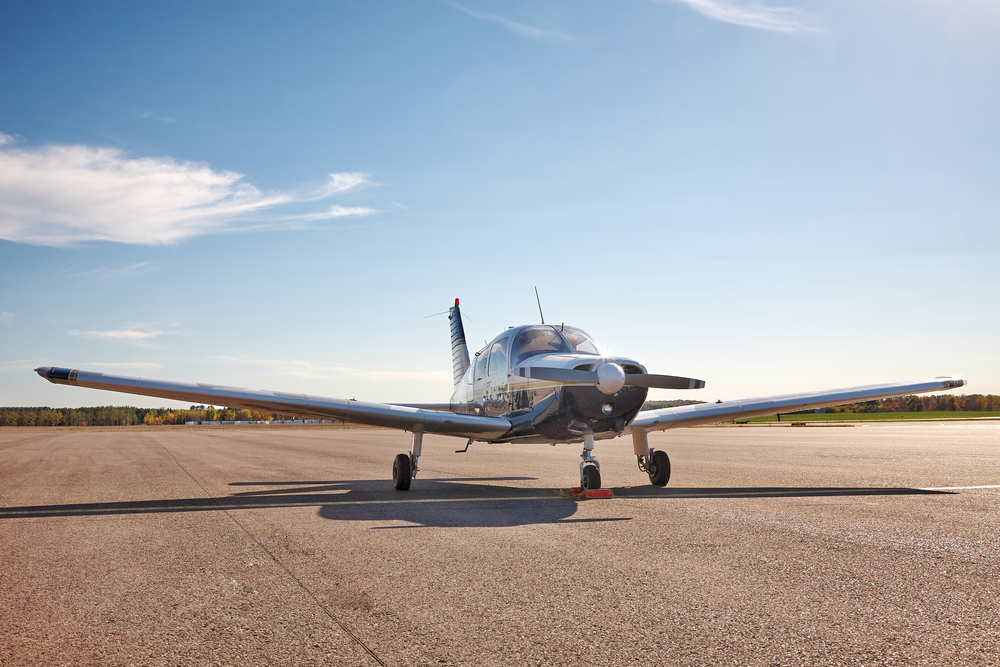Juneau Airport
Juneau Airport: A Comprehensive Guide
Juneau International Airport (JNU) is the primary aviation gateway for Juneau, Alaska. With limited road access and reliance on sea and air travel, Juneau’s airport plays a crucial role in connecting residents and visitors to the rest of the state and beyond.
Location and Accessibility
Juneau Airport is located around 7 miles northwest of downtown Juneau. Nestled in a valley between towering mountains, the airport offers unique challenges and benefits. Given Juneau’s isolated geography, the airport is pivotal for travel and transportation. Roads do not connect Juneau to other cities, emphasizing the importance of air travel.
Airport Facilities
Juneau Airport may not be as large as major city airports, but it is equipped with essential facilities:
- Passenger Terminal
- General Aviation Facilities
- Aircraft Maintenance Services
- FBO (Fixed-Base Operator) Services
- Customs Services for International Flights
- Car Rental Services
The passenger terminal provides basic amenities like restrooms, food services, and seating areas. The terminal layout ensures efficient movement and minimal congestion.
Airlines and Destinations
Several airlines operate out of Juneau Airport, primarily connecting to other Alaskan cities and the continental United States. Major airlines serving JNU include:
- Alaska Airlines
- Delta Air Lines
- American Airlines
Popular destinations from Juneau include:
- Anchorage
- Seattle
- Ketchikan
- Yakutat
- Sitka
Seasonal flights may offer connections to other destinations, enhancing travel options during peak tourist months.
Weather Impact on Operations
Juneau experiences a maritime climate with frequent rainfall and fog. This weather can impact flight schedules and airport operations. Pilots and airport staff must navigate these conditions with precision and care. The valley location adds complexity with turbulence and wind patterns.
Instrument Flight Rules (IFR) procedures are often in place at JNU, allowing aircraft to land safely even when visibility is reduced. The airport’s advanced navigation aids and equipment support these operations.
Wildlife Considerations
Juneau Airport must balance operations with the surrounding wilderness. Wildlife presence, particularly birds, poses a risk to aircraft. Active measures include:
- Wildlife Hazard Management Programs
- Habitat Modification
- Regular Wildlife Surveys
- Use of Pyrotechnics and Other Deterrents
These efforts aim to reduce the likelihood of bird strikes, ensuring safety for both aviation and wildlife.
Economic Impact
The airport significantly contributes to Juneau’s economy. It facilitates tourism, a major industry in Alaska. Cruise passengers often fly into Juneau, doubling the number of visitors during the summer months. Local businesses benefit from the steady stream of tourists and business travelers. The airport also supports cargo operations, vital for importing goods to the region.
Employment opportunities are plentiful, ranging from airline staff and air traffic controllers to maintenance technicians and customer service representatives.
Future Developments and Expansion
Plans for future development aim to enhance capacity and efficiency. Proposed projects include runway extensions, improved navigation aids, and terminal modernizations. These initiatives promise to accommodate growing passenger numbers and larger aircraft. Sustainability is a key focus, with efforts to reduce the airport’s environmental footprint through energy-efficient designs and practices.
Travel Tips for Visitors
Travelers to Juneau Airport should plan ahead:
- Check Weather Conditions in Advance
- Arrive Early During Peak Travel Seasons
- Keep an Eye on Flight Status for Delays
- Explore Local Transportation Options (Taxis, Shuttles, Rentals)
- Pack Appropriately for Alaskan Weather
These tips can help ensure a smooth and enjoyable travel experience.
Conclusion
Juneau International Airport is a vital link for Juneau and the surrounding regions. Its strategic importance, especially given Juneau’s remote location, cannot be overstated. The airport’s blend of modern facilities, navigational aids, and wildlife management practices ensure safe and efficient operations, making it a cornerstone of travel in Southeast Alaska.
